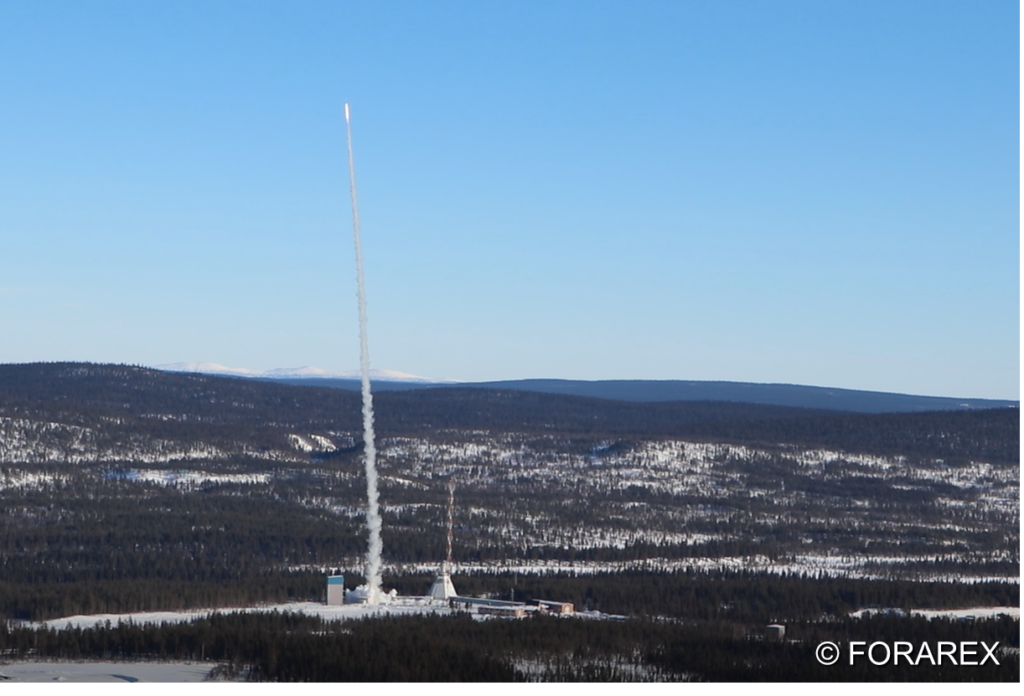Launch Campaign in Esrange as the Highlight of the REXUS/BEXUS Programme
by Greta Sondej and Christoph Kulmann
“There is no comfortable path that leads from the earth to the stars”, this was already known by the Roman philosopher and naturalist Lucius Annaeus Seneca (ca. 4 BC – 65 AD), also known as Seneca the Younger.
For our journey to the stars, we have been working towards this event for almost two years with our FORAREX project: The Launch Campaign at the European Space and Sounding Rocket Range (Esrange) at the civilian balloon and rocket launch site near Kiruna in northern Sweden. It is the highlight of the German-Swedish student programme REXUS/BEXUS, which we have already presented here on the Science Blog.
On this two-week campaign, the final steps are prepared for the upcoming rocket launch. But long before that (about a year), the initial preparations began with regular reviews by our programme supervisors, who verified the technical status and safety of the experiments. Preparation of precise schedules and checklists describing all activities on site at the campaign are a matter of course.
Checking off checklists makes you happy
About a month before the campaign, we packed two large transport boxes (see Fig. 2 and 3) with tools, spare parts, as well as laboratory equipment and various chemicals. These were then sent on their long journey to Esrange.
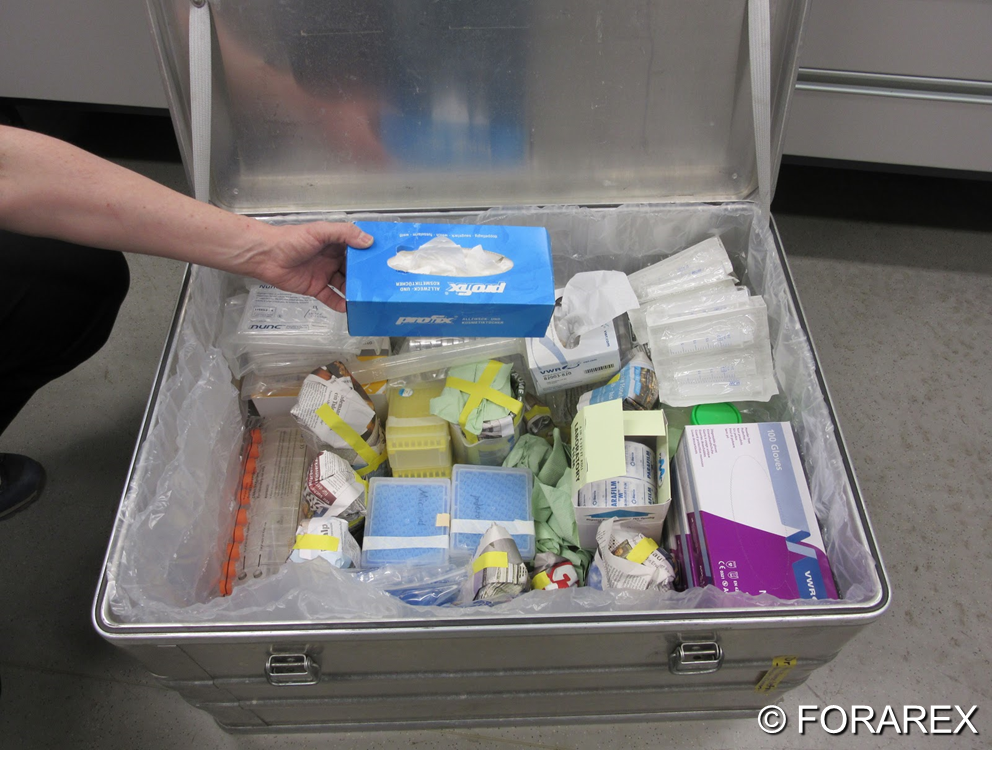
Fig. 2: Big packing session in the lab and workshop before our boxes go on their long journey to Esrange. Copyright © FORAREX 2019
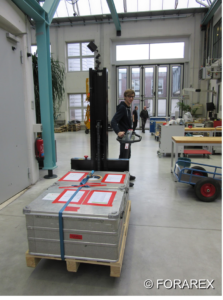
Fig. 3: Securely packed, our boxes are brought to Esrange by a transport company. Copyright © FORAREX 2019
Unfortunately, we were not allowed to take our experimental organisms, the foraminifera, with us in our hand luggage on the plane. The same applied to our finished technical flight model, which we were not allowed to take on board. Funny that the airlines all objected. The option of checking both into suitcase luggage or by cargo courier was out of the question for us. For one thing, we can’t track in detail what happens to the apparatus or our organisms en route – important information for subsequent evaluation. On the other hand, there is the risk that both could be lost. So we decided to transport our little single-celled organisms by train to northern Sweden.
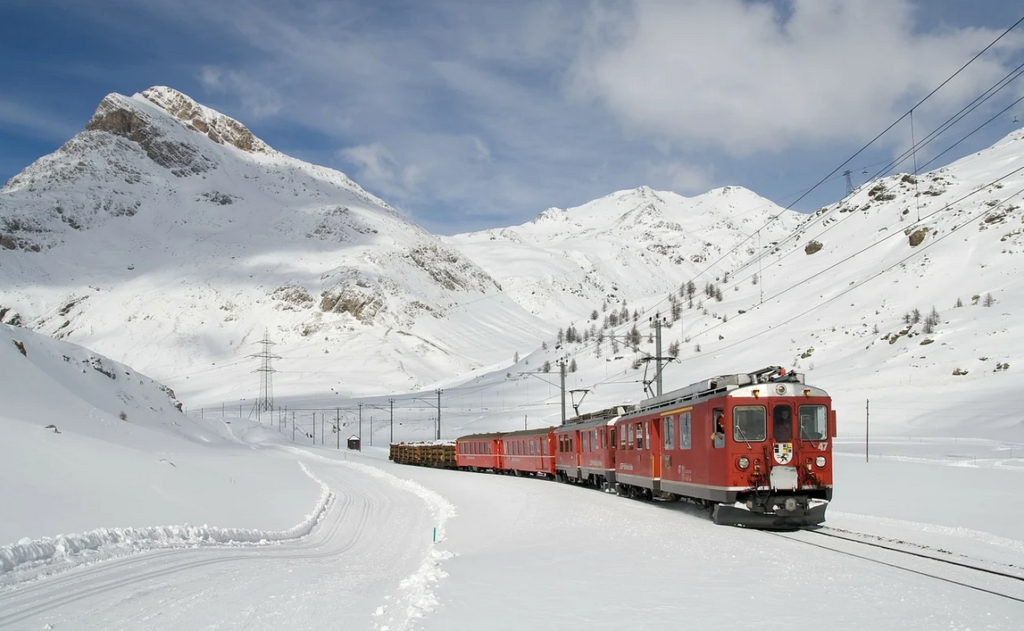
Fig. 4: Snow and ice as far as the eye can see. At the latest now we realise that we are past the Arctic circle. Copyright © WikiImages 2012 / Pixabay
While our technicians were able to fly relaxed from Bremen to Kiruna, the biologists in our team (with the technical flight model and the foraminifera in their luggage) were allowed to travel quite atmospherically by train through the picturesque landscape (see Fig. 4) to northern Sweden. From Bremen via Hamburg – Fehmarn – Copenhagen – Malmö – Stockholm – Boden – Kiruna: a whole 31 hours at a stretch for around 2,350 km (~ 1,460.2 miles). From mild Bremen to snow-covered Lapland. And back again after the campaign. What wouldn’t you do for your beloved pets?
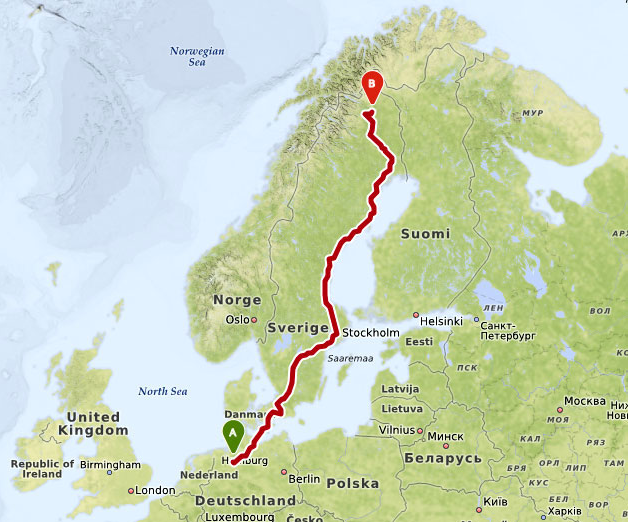
Fig. 5: When someone takes a trip – our route from Bremen to Kiruna. (Created with maps.openrouteservice.org) Copyright © FORAREX 2019
Arriving at Esrange, we started unpacking the transport boxes that had been sent earlier. In the resident bio-lab, we brought our foraminifera into the incubator, a warming cabinet, and prepared chemical solutions.
For days we observed and documented our single-celled organisms on film and photographically. While we selected the fittest “space candidates”, our technicians put the finishing touches to our flight apparatus. The last cables were soldered, the life support system was assembled and filled with seawater, the electronics and software were checked. The latter was checked several times with a so-called Benchtest. This tests the communication between the rocket and the experiments inside it during a simulated countdown and flight. This important test ensures that neither the rocket nor the experiments send each other unwanted and interfering radio signals. After the green light is given, the research rocket is fully assembled and taken to the launch pad.
One day before the rocket launch, each student team explains at the Flight Readiness Review which steps they have taken during the campaign to make their experiment ready for flight. During our official declaration, we also announced the names of our two little foraminifera astronauts, who had previously been voted for by our fans online: Fibi and Thor.
The countdown is running
On the day of the launch, we had to get up very early. We needed to insert our experiment module into the armed rocket at 6:30 am directly on the launch pad – during the running countdown (see Fig. 6). This so-called “late access” ensured that our little astronauts would not freeze to death while the rocket cooled down in the icy winds of Lapland. The day before, we had meticulously planned the steps and the sequence of the screws, laid out all the tools and rehearsed the procedure once. Especially for our experiment, the launch barrack was even heated up to 35°C (95°F) using all available heaters and fans to prevent the rocket from cooling down too quickly later.
For our own safety, we put on so-called anti-static clothing, consisting of a protective coat, shoes and a special wrist grounding strap. This protective clothing serves to ground people and thus prevent electrostatic discharges that can destroy integrated circuits or lead to ignitable discharges. In our case, this would be premature ignition of the armed rocket while we were working on it during Late Access. One would like to avoid that.

Fig. 6: Well protected with anti-static clothing we integrate the experiment module into the research rocket. Copyright © FORAREX 2019
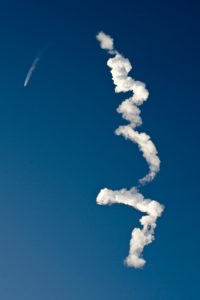
Fig. 7: After a few seconds, only the condensation trails of the rocket can be seen in the clear sky. Copyright © Tim Mossholder 2017 / Unsplash
We followed the launch itself from a safe distance from the radar hill. In the control room, on the other hand, there were only those team members who were absolutely needed for the technical operations. For safety reasons, the entire area of the base was closed during the final phase of the countdown – no one was allowed outside.
From a distance of more than a kilometre, we had the best view of the launch pad in sunny weather. Sirens wailed across the icy landscape to warn everyone in a larger radius of the impending launch. Our two years of work culminated when the countdown broadcast over the loudspeakers reached “zero” and the rocket rose majestically into the blue sky. Only a few seconds later did the thunderous roar of the engine reach us. We could see the rocket in the clear, cloudless sky for another seven seconds and hear it for much longer (see Fig. 7). Even after the rocket disappeared into the sky, everyone on the radar hill remained in tense silence. Then we heard quietly but clearly four distant cannon blasts in succession as the engine was disconnected and one by one the engine, nose cone and payload unit hit the atmosphere again. We knew then that we had indeed shot an object to the edge of space.
After re-entering the atmosphere, two successive parachutes slowed the rocket’s rate of descent so that it landed gently on earth.
A new all-clear signal sounds through the loudspeakers. Now we are allowed to enter the area again and the helicopter is sent to recover the rocket. To prevent our little astronauts from freezing to death in the cooling rocket in the snow, experts recovered our experiment module and brought it back to us in the warm helicopter. While we took our experiment to the laboratory for inspection, the rocket was transported to the station by a separate helicopter.
After a thorough check, the rocket was dismantled piece by piece so that the other student teams could get their experiments back.
Campaign Dinner and After-Launch-Party

Fig. 8: What a day to celebrate the succesful rocket launch. Copyright © Jose Zegarra Malatesta 2018 / Pixabay
Those who have worked hard also get to celebrate. The evening after the successful launch, all teams were invited to a festive dinner (see Fig 8). Our supervisors gave a laudation to each team and then presented each student with a launch campaign certificate. Over good food and stimulating music, we reviewed the week and the countdown.
We look back on two exciting weeks with a successful rocket launch. The culmination of our long journey to the stars.
| Want to learn more?
Here you can find the website of our project: http://forarex.de/ |
Image credit:
[1] Copyright © FORAREX 2019
[2] Copyright © FORAREX 2019
[3] Copyright © FORAREX 2019
[4] Copyright © WikiImages 2012 on Pixabay; URL: https://pixabay.com/de/photos/zug-eisenbahn-schnee-winter-gleis-62849/ [Last access: 15-Nov-2021]
[5] Copyright © FORAREX 2019 (Created with maps.openrouteservice.org)
[6] Copyright © FORAREX 2019
[7] Copyright © Tim Mossholder 2017 on Unsplash; URL: https://unsplash.com/photos/NuvOR__aZnk [Last access: 18-Nov-2021]
[8] Copyright © Jose Zegarra Malatesta 2018 on Pixabay URL: https://pixabay.com/de/photos/gala-dinner-tischw%c3%a4sche-gastronomie-3884732/ [Last access: 15-Nov-2021]

